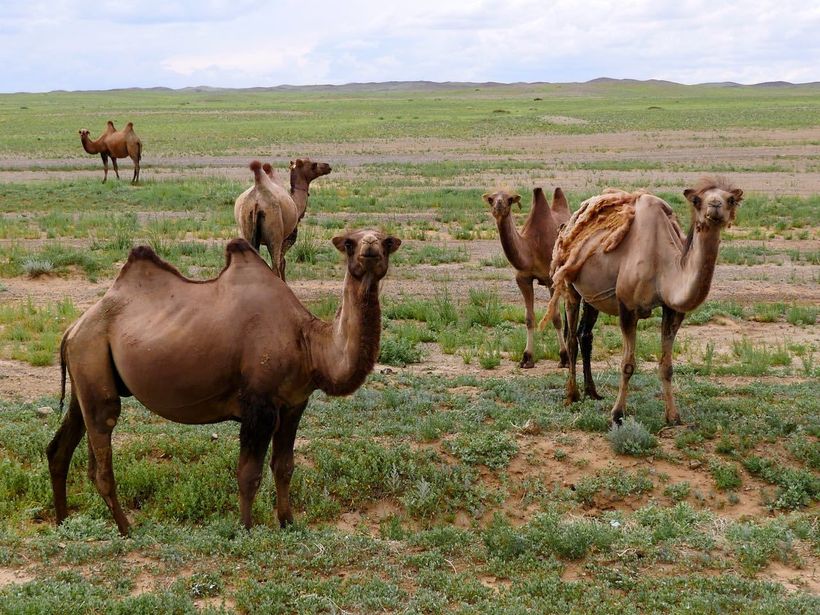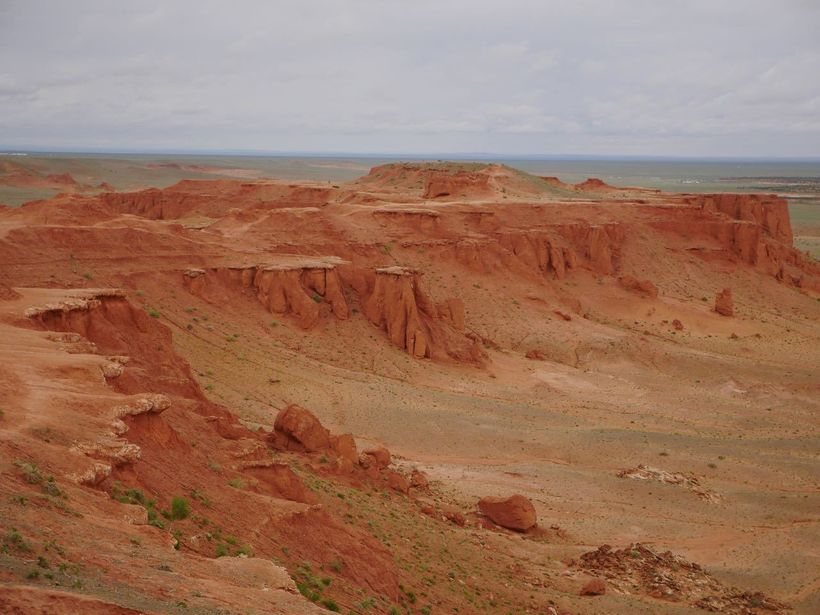For The Huffington Post. September 2016.
Mongolia doesn’t come up on many lists as a top tourist destination, though those who have been there can attest to its uniqueness. Traveling to Mongolia feels like you have journeyed to another time and place. Thirty percent of the three million people in the country still live a nomadic lifestyle, herding livestock, and moving their small camps every few months. Driving through the countryside, landscapes evolve from Siberian Altai mountains in the west, and the planet’s oldest lakes in the northwest, to the coldest desert in the world in the south. Simultaneously, the capital city of Ulaanbaatar, looks like any other metropolis in the world, with its high risers, shopping centers and broad avenues. In Mongolia, the past and present coexist, bound together by centuries of history and culture.
Curious to learn more? Here are some commonly asked questions about traveling to Mongolia.
How to get there?
Located in East Asia, Mongolia is the 18th largest country in the world in terms of size. It is possible to enter the country by air, rail, or by road through Kazakhstan, Russia and China. Chinggis Khaan International Airport is the only international airport located in the capital of Ulaanbaatar. Most convenient flights can be found via Beijing (2 hours, Seoul (3 hours), and Moscow (6 hours).
Best time to go?
Summer in Mongolia is rainy (yes it rains in this desert), and winter is covered in snow. In fact, Ulaanbaatar is the coldest capital in the world, having an average temperature of -20 °C in January (with minimums of -45 °C).
Peak of summer is the best time to travel to Mongolia. The largest annual event, Naadam Festival takes place from July 11-13 and attracts visitors from all over the world. This ancient Olympics style sporting event is registered with the Intangible Heritage Fund of UNESCO. It measures courage, strength, daring, horsemanship and marksmanship of the nomadic people and warriors, through a series of competitions in horseback riding, wrestling and archery. Festivities take place for an entire week, including music concerts, costume parade, food fairs and family picnics. Tickets to the stadium events must be purchased months in advance. It is also advisable to book your trip through a travel agent, local hotel, or reputable tour company, such as Voyage Unique Mongolie.
Those who enjoy winter scenery should attend the ice festival in Lake Hovsgol or the Thousand Camel Festival, held in the Gobi Desert during February – March each year. The celebration of the endangered Bactrian camel includes camel races, polo competitions, sled races, as well as traditional Mongolian music and dance.
How about History and Culture?
The history of Mongolia dates back to nomadic empires spanning couple of thousand years, though surfaced under the rule of Genghis Khan in the 13th century. The Mongol empire was once the largest contiguous empire in the world.
Genghis Khan is omnipresent, from the airport to the main square. Visitors are awed by the massive Genghis Khan statue complex, where he is riding the world’s tallest horse sculpture. There is also a well preserved 13th Century National Park (located 2 hours outside the capital) where you can get a fairly good idea of how life was during the Mongol rule. Each of the areas in the park focuses on a different cultural display including Shaman religion, Mongolian scripts, and musical instruments.
The traditional Mongolian dance is bielgee, which is performed by both men and women, and can be seen at local theaters and festivals. Mongolian musicians are especially talented using deep throat singing, and several local instruments, such as the horse head fiddle, drum and gong. These days, techno and rap are also being integrated, creating fun modern tunes.
The Mongolian people are very polite and peaceful. They are not gregarious, but if you ask them for any help, they will go out of their way to assist you. Whenever you enter a Mongolian home, the first thing they will offer you is Süütei Tsai (salty, hot, milk tea), along with Aaruul (fermented dried cheese). At special events, they may offer Airag, fermented mare’ milk and the national liquor of Mongolia. It is respectable to receive whatever your host offers you, even if you do not want it.
What’s there to do?
Besides visiting museums, palaces, Buddhist monasteries, and exploring hundreds of restaurants, cafes, pubs and shops along Peace Avenue in Ulaanbaatar, there is tons to see outside the city. Mongolians have great love for the outdoors, as it is in their nomadic heritage. Most families will spend their weekends in the countryside, camping, fishing, hiking, trekking, horseback riding, etc.
One of the highlights of Mongolia is the great Gobi Desert, the largest desert in Asia and the coldest desert in the world. Due to its high plateaus and expansive dry lands, Gobi observes extreme temperatures from −40 °C (−40 °F) in winter to +50 °C (122 °F) in summer. The Gobi Desert was once a sea and is rich in fossil finds as old as 100,000 years. The first dinosaur eggs were discovered in the Bayanzag (Flaming Cliffs) area of the Gobi. It is also where the highest concentration of dinosaur bones has been discovered.
Where will I stay?
In Ulaanbaatar, there are all categories of hotels including well known international brands, as well as economical motels starting at only USD 30/night. Lodging options in the rest if the country is limited to ger camps. Gers (aka yurts) are traditional nomadic dwellings made of felt, poles, lattice, cloth, and ties. Ger lodgings can be limited to basic sleeping facilities, or luxurious, with king-size beds, space heaters and private baths equipped with rain showers and flushing toilets. Most ger lodges have a common area where meals are served. When booking your stay, make sure to compare and contrast the room layout and amenities offered by the ger lodges.
What’s the food scene like?
Mongolian cuisine is great for carnivores. The Mongolian diet consists mainly of meat (beef, horse, goat, sheep, yak, marmot and camel) and milk, yogurt and cheese derived from animals they raise. Heavy soups made with noodles, potatoes and meat are also quite common as it keeps the body full and warm through extreme winters.
The most popular street food is Khuushuur, a fried dumpling stuffed with beef or mutton. While there is no such thing as Mongolian BBQ (that was invented by Taiwan), Khorkhog and Boodog are the local way of heating stones and steaming or grilling meat and vegetables. In the countryside, there are very few restaurants that only serve only Mongolian food, but in the city you can find lots of cafes, bars, along with Irish, Korean, and Indian restaurants.
Why go to Mongolia?
Mongolia is a destination for those who like to see unspoiled natural beauty. It is a place where you can drive for hours and see nothing but herds of yaks, sheep, goats, cows, horses and camels, along with a handful of humans.
It is truly a spot in the world where you can get away from the hustle and bustle of modern life. You can find yourself camping in the middle of a vast desert, surrounded by pristine nature, yet have solar panels and a satellite dish on your nomad ger. Mongolia is for adventurous travelers, not just backpackers. Voyage Unique Mongolie is one of the few companies in Mongolia that can provide accommodations in luxurious camps, personal experiences where travelers can visit nomadic families, and opportunities to understand the local culture.
Read more about my adventures in Mongolia on my blog, Go Eat Give.




